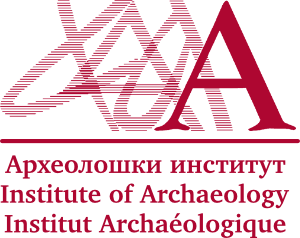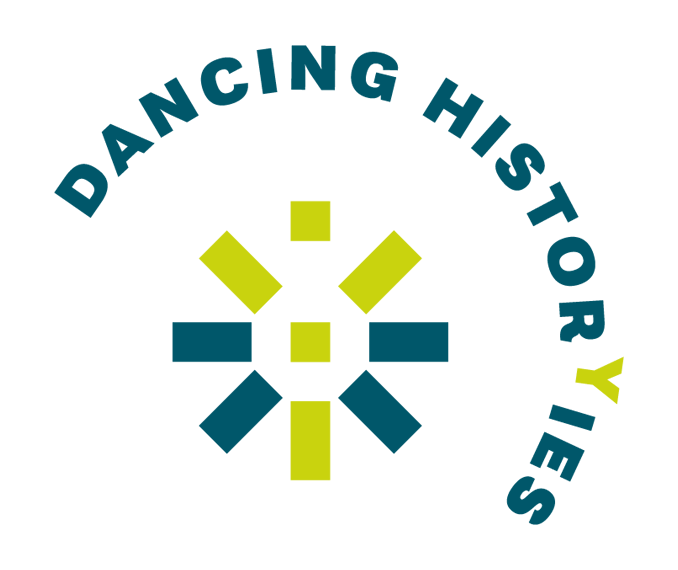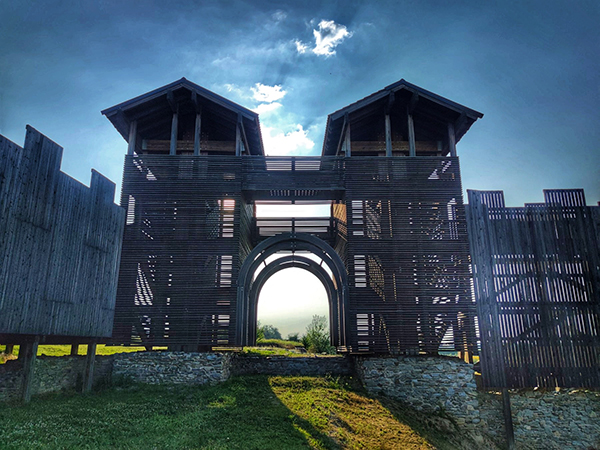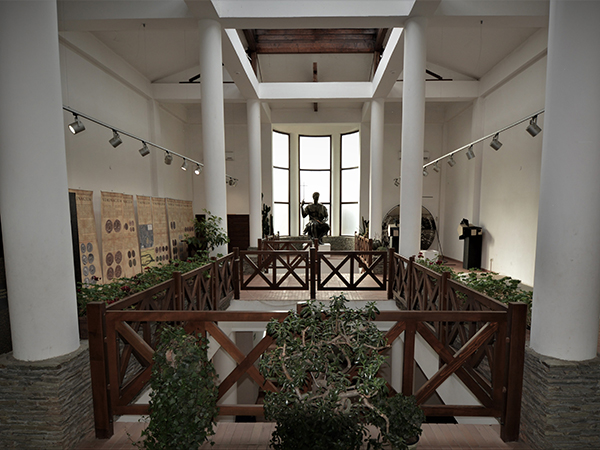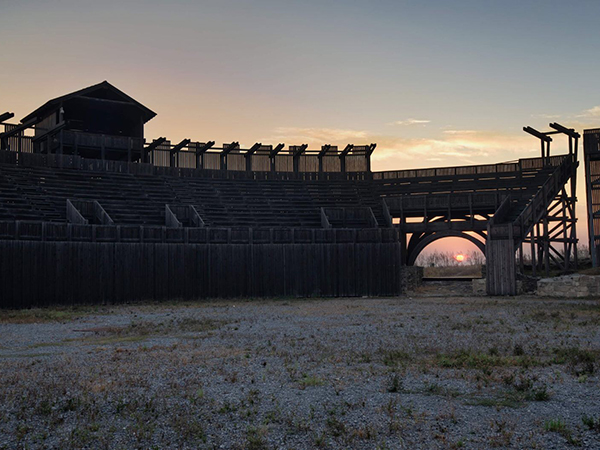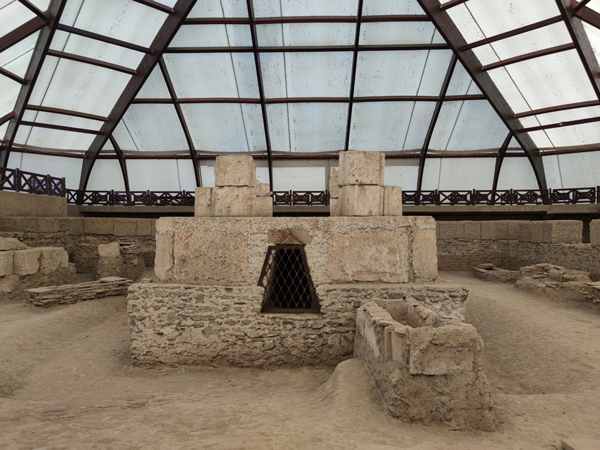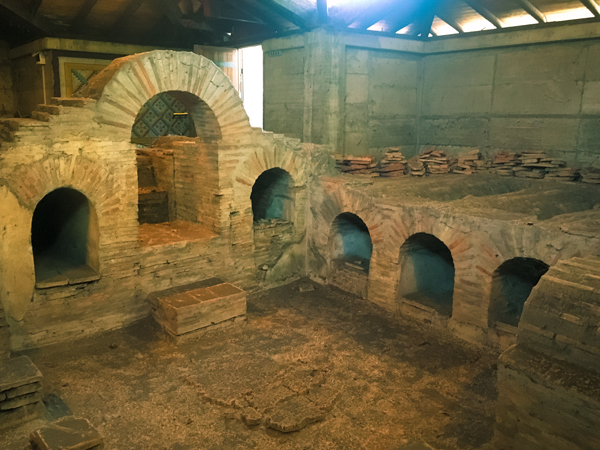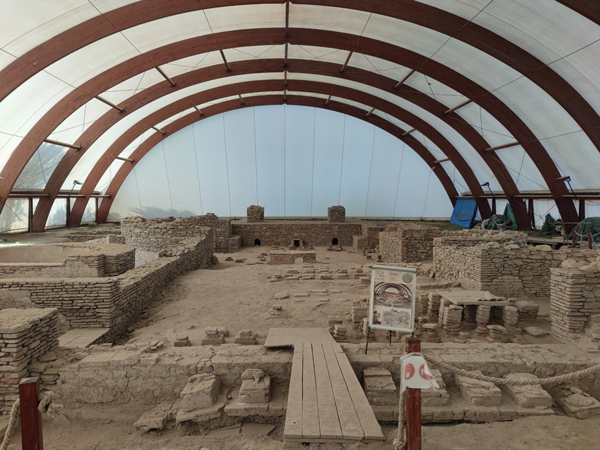Institute of Archaeology

- Address: Knez Mihailova Street, 35/IV – 11000 Belgrade (Serbia)
- Tel: +381 11
- Email: institut@ai.ac.rs

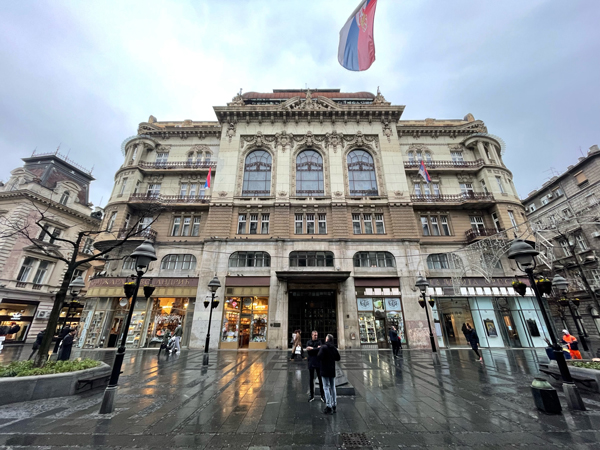
Institute of Archaeology
Institute of Archaeology is a unique and central archaeological-scientific research institution in Serbia. It was founded in 1947 within the Serbian Academy of Sciences and Arts and since 1961 it is an independent research institute. The Institute is the primary institution for the excavation and research of archaeological monuments in Serbia and its research activities are funded by the Serbian Ministry of Science, Technological Development and Innovation. Missions of the Institute are research and development in social and humanitarian sciences, with a primary focus on the field of archaeology, as well as publishing of scientific results (i.e. books, journals, periodicals, etc.). The foremost goal is the application of scientific methods in the field of archaeology and especially in the study the historical, social, economic and cultural development on all archaeological sites and monuments in the territory of Serbia, ranging from the earliest hominin traces until the formation of civil relations in modern-day Serbia.
The secondary objective is the dissemination of knowledge and experience via various forms of scientific and professional training as well as by assisting in the organisation and execution of the third level education. Additionally, the Institute of Archaeology aims to bring cultural heritage closer to the wider public audience. The benchmark of such efforts is the archaeological site Viminacium, that after more than a fifty years long systematic excavation and research, in 2006 became Viminacium Archaeological Park. The park has become the focal point of cultural tourism in Serbia, with numerous activities oriented towards the improvement of interpretational, presentational and educational potentials of the Park, resulting in an overwhelming increase in popularity among the wide non-archaeological public.
Viminacium Archaeological Park
Viminacium Archaeological Park is one of the first archaeological sites open for the public during the whole year, featuring key attractions such as the legion camp’s northern gate, the city baths, amphitheatre, Emperor Hostilian’s mausoleum in the eastern necropolis, pottery production center, sarcophagi alley and many more. In 2014 within the Park facilities, paleontological park – Mammoth park is opened, representing among others a million-year-old mammoth skeleton.
The park has essential visitor infrastructure, including the Domus Scientiarum Viminacium, which consists of one wing for the accommodation of the archaeological team, two for the accommodation of guests, and one in which there is a documentation center, i.e. a part with workshops and laboratories for the work of the expert team, together with kitchen and dining room. The Center has a scientific library with a reading room, a presentation hall, and an archeological museum, with depots, in which late antique frescoes found in the Viminacium necropolis during archaeological excavations are exhibited, while the exhibition of other representative finds are being prepared.
In addition to several scientific conferences, the 9th UNESCO regional summit entitled “Contemporary Art and Reconciliation” was held in the facility, which was attended by numerous presidents and ministers of Southeastern European countries.
Since 2018 Limes Park is opened and represents educational part of Viminacium Archaeological Park, with facilities to host 480 children and youngsters participating various kinds of events.
SHORT BIOS OF MEMBERS INVOLVED IN THE PROJECT
PhD Jelena Anđelković Grašar

Senior Research Associate at the Institute of Archaeology
Jelena’s research area and methodology belong to domains of visual culture of the antique, late antique, and early Byzantine periods, women’s history, gender studies, as well as presentation, interpretation, education and valorization of the cultural heritage. She is the member of the Serbian Archaeological Society, EXARC, the National Committee of the XVIII Congress of Christian Archaeology (CIAC), and the National Committee of the 18th International Colloquium on Roman Provincial Art. She has been participating in several EU-funded projects, as staff member or manager:
Creative Europe programme:
Project manager: Dancing Histor(y)ies – binding communities and heritage through dance, ID No 101099222, 2023-2026
Project manager: SHELeadersVR- Life and environment of Women Leaders in Western Balkans History in Virtual Reality, No 101055818, 2022-2025
ERASMUS+ programme:
Project manager: TRAME – Traces of Memory (2020-1-IT02-KA201-079794), 2020-2022
Project manager: COOLTOUR – Millennials for Cultural Heritage (2021-1-IT03-KA220-YOU-000029203), 2022-2024
She is part of the Viminacium project team which established and developed Viminacium Archaeological Park to grow in the direction of becoming a tourist destination.
She is a member of the team that established and developed the unique scientific product – exhibition Itinerarium Romanum Serbiae and Viminacium, which was visited by more than a million visitors throughout the world.
PhD Ljubomir Jevtović

Research associate at the Institute of Archaeology, Belgrade (Serbia)
Specialized and passionate about Roman archaeology, he is participating in the excavation of the archaeological site Viminacium since 2009, especially the amphitheater and the camp of the Legio VII Claudia. The main focus of his academic endeavors is the Roman army, ancient epigraphic monuments, and Roman building ceramics with particular interests in military production and its technological, organizational, and epigraphic aspects. In 2013 he earned an MA in Archaeology at the University of Belgrade, Faculty of Philosophy, on the subject of Bricks and tiles with the stamp of the Legio VII Claudia in the territory of modern-day Serbia. His newest interests are photography, social media marketing, and graphic design. Most recently, he participated in the project TRACCE DI MEMORIA – TRAME (2020-1-IT02-KA201-079794), co-funded by the ERASMUS+ program of the European Commission, and IMMERSIUM (Project ID: 400623277), co-funded by the Creative Europe program of the European Commission.
MA Stefan Stančić

MA Stefan Stančić is a research assistant at the Institute of Archaeology, Belgrade (Serbia), and a PhD student at the University of Arts in Belgrade. Since 2016, he has been dedicated to research on the topic of the space-time continuum and its interpretation in open space, as well as in other architectural buildings. The technique he relies on the most in his research is mosaic, that is, the development of mosaic compositions, as well as their timeless appearance. In 2015 he earned an MA in Applied arts at the University of Arts in Belgrade, Faculty of Applied Arts. He is a member of the Serbian Archaeological Society and The Association of Fine Artists of Serbia (ULUS). He is participating in a few EU-funded projects:
- Creative Europe program:
Communication manager: Dancing Histor(y)ies – binding communities and heritage through dance, No 101099222, 2023-2026 - Interreg program Danube Region: Communication manager: Living Danube Limes – Valorising cultural heritage and fostering sustainable tourism by LIVING the common heritage on the DANUBE LIMES as basis for a Cultural Route
Ana Gavrilović

Ana Gavrilović is working on her Master’s degree at the same University where she graduated – the University of Belgrade Faculty of Philosophy, Archaeology Department. Currently juggling between management of COOLTOUR partner organization KSA, being employment in fieldwork, and other kinds of involvement in the non-governmental sector, this Millennial lover of both video and tabletop games has found a way to make it into a profession, mostly focusing on an upcoming field of archaeogaming.
Even though we go into archaeology, we “chose” to work with dead people, it’s astonishing how much keeping those people alive by telling their stories in real-time can be liberating for us now… to know the struggles of humankind like housing, food, health, love do not choose the time or the place, and maybe learn something from the past. If you think about it, responsible behavior towards nature (zero waste mostly) is a millennial trend, but a neolithic standard.
